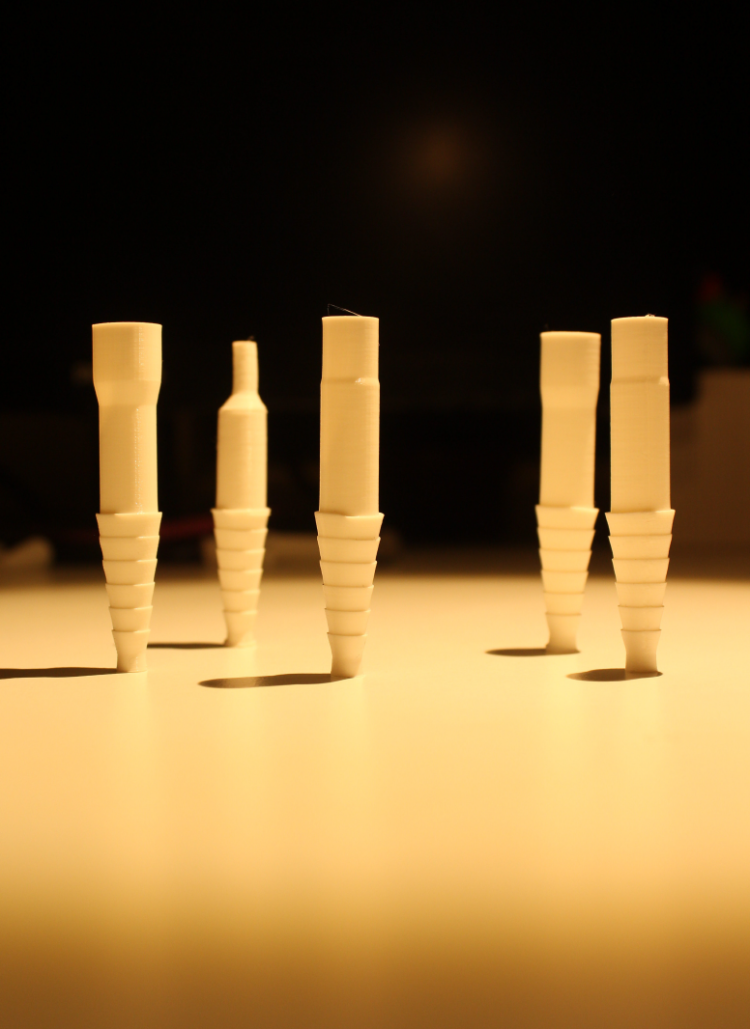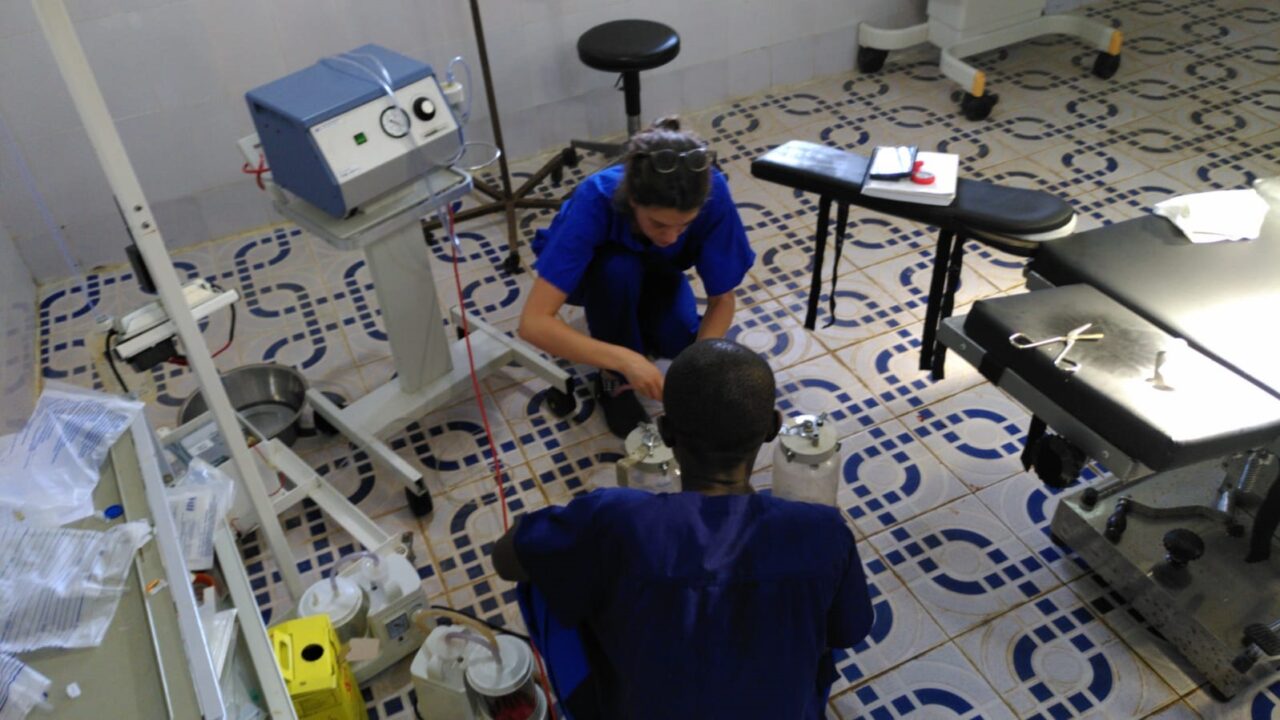Improving the use of surgical suction pumps in Sierra Leone
Nov 2020 - ongoing
Master thesis by Asja Mucha

Watch the video to learn about the project here.
In Low-to-Middle-Income Countries more than 95% of the medical equipment are devices donated by NGOs, usually second hand, refurbished devices from High Income Country Hospitals. However, the lack of consumables and spare parts and infrastructural limitations lead to 70% of that equipment not working, or working improperly shortly after being received. The surgical suction pump at Masanga Hospital is such an example. The use of the suction pump is hindered by: lack of consumables and appropriate tubing, leading to a mismatch between the different components, frequent power shortages. Therefore, the goals defined for the project together with the client were to solve the dimensional mismatch between the medical consumables and power the device independently from the Hospital’s solar grid by leveraging locally available resources and manufacturing opportunities. Discover, Define, Freeze The project was started with a profound analysis of the principles of suction at a HIC hospital, followed by the use and function of suction at Masanga, to better understand the current challenge and Masanga and the envisioned use of the suction pump that the design solutions should achieve. The research on suction was followed by an extensive contextual analysis. where the gathered insights helped understand the factors that influence the current situation, as well as limitations and opportunities were The findings were transformed into a List of Requirements and principal design solutions.

After developing various iterations, more than 50 prototypes and an extensive testing protocol were made to achieve the following goals:
- To locally 3D print reusable medical tubing connectors, independently from Masanga’s current supply chain and
- To make a conceptual plan for building a portable power-pack based on a 12V car battery as the power source to power the suction pump during power shortages Final Deliverables
- A tested method of 3D printing reusable medical tubing connectors using PETG filament The connectors were developed through 1. Embodiment Design, 2. Design for Manufacturing and 3. Material choice. The final concept was validated on a TRL level 6.
- A detailed concept plan for building a portable power- pack based on a 12V car battery with locally sourced components Conclusion The final validation phase and usability testing showed that the proposed solutions would improve the use of the suction pump, while promoting local manufacturing of spare parts and using common locally popular solutions. Both design solutions however still need to undergo testing in the context before applying them.
You can find the thesis report here.